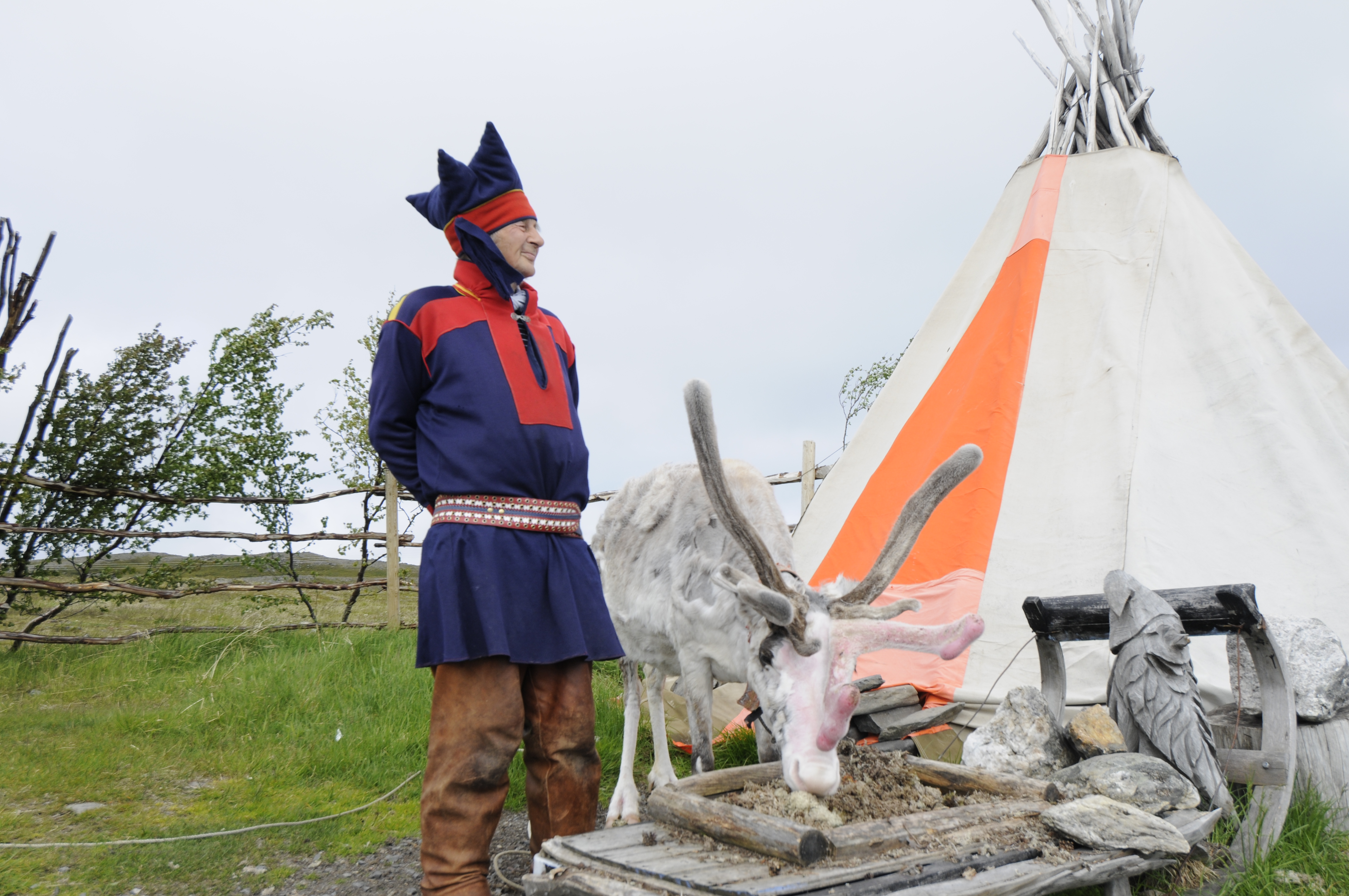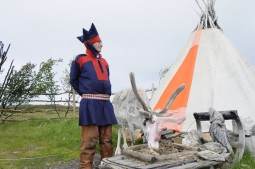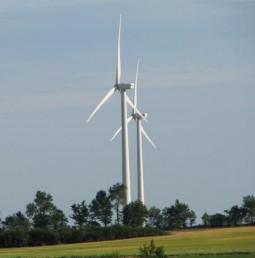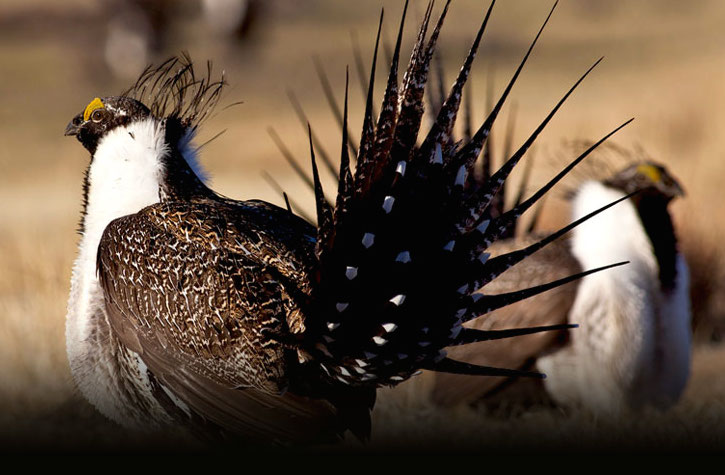
Habitat Exchanges (starts at 3:00): The greater sage grouse is ruffling feathers all the way to Washington. September 30th is the deadline for the US Fish & Wildlife Service to determine whether to list the grouse under the Endangered Species Act. More than a third of the sage grouse’s shrinking range is on private land. Which is why many ranchers, oil and gas developers and other landowners have been scrambling to keep the grouse from getting listed. Listing would mean tighter restrictions on land use. The Environmental Defense Fund (EDF) is one of several environmental organizations that are trying to help come up with ways to preserve the sage grouse and its habitat without cramping the livelihood of ranchers and other land owners. One of the newest voluntary tools is what is called a habitat exchange, a marketplace with buyers and sellers of conservation credits. How On Earth’s Susan Moran talks with Eric Holst, associate vice president of EDF’s working lands program, about these exchanges.
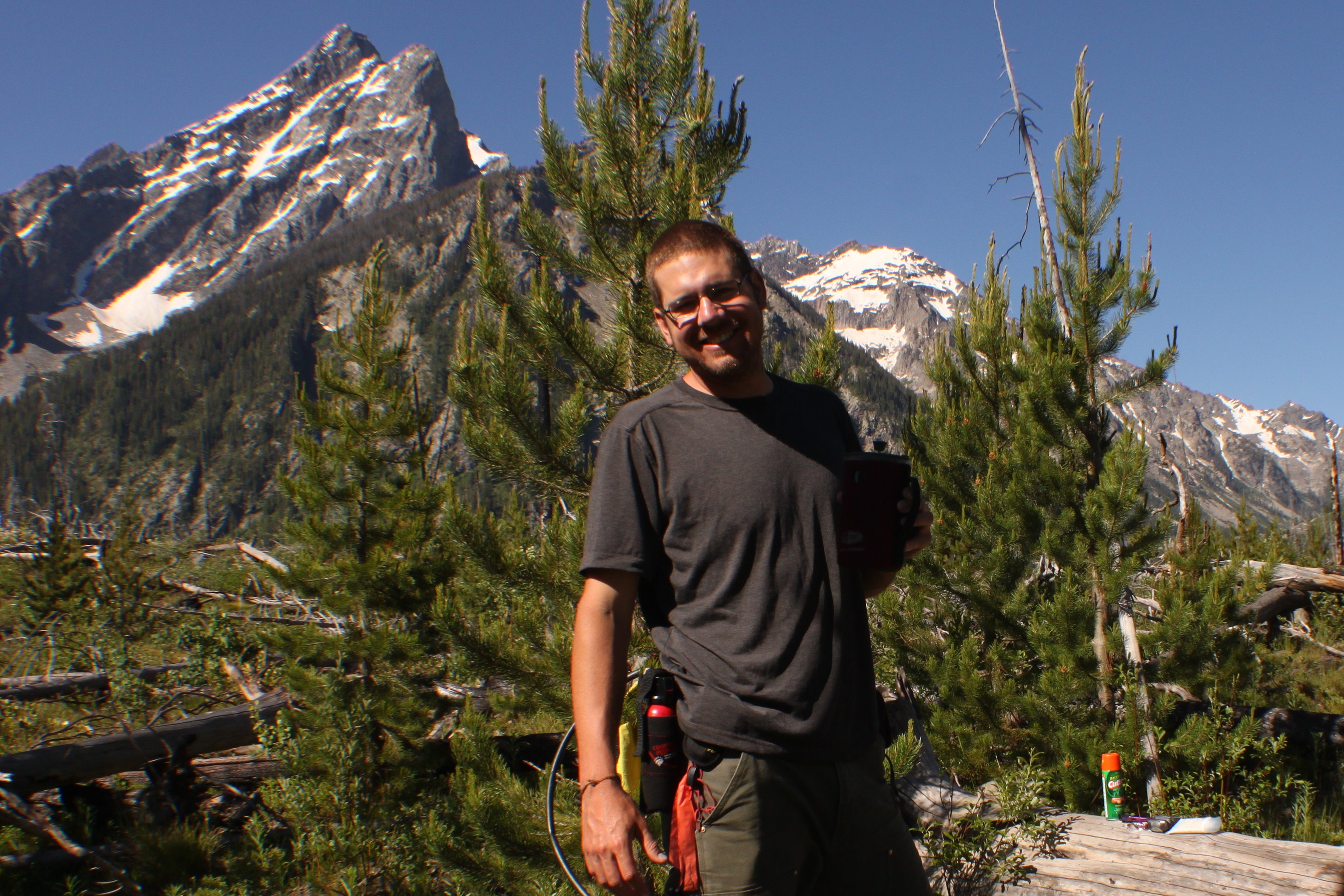
More Frequent Wildfires (starts at 15:30): This summer, fires have raged across much of the Northwestern U.S. The towering blazes, many of which are nowhere near being contained, have already charred more than two million acres of land. It’s a story that’s becoming increasingly common. Big fires like these are erupting more often than they did just decades ago, scientists say, and many place the blame on climate change. On today’s show, Brian Harvey, a forest ecologist at the University of Colorado Boulder who studies the causes and consequences of extreme fires, talks with us about why wildfires have grown more frequent in recent years — and what that means for the recovery of the nation’s forests.
Hosts: Susan Moran, Daniel Strain
Producer: Joel Parker
Engineer: Joel Parker
Headline Contributors: Joel Parker, Daniel Strain
Executive Producer: Susan Moran
Listen to the show:
Podcast: Play in new window | Download (Duration: 24:42 — 22.6MB)
Subscribe: RSS




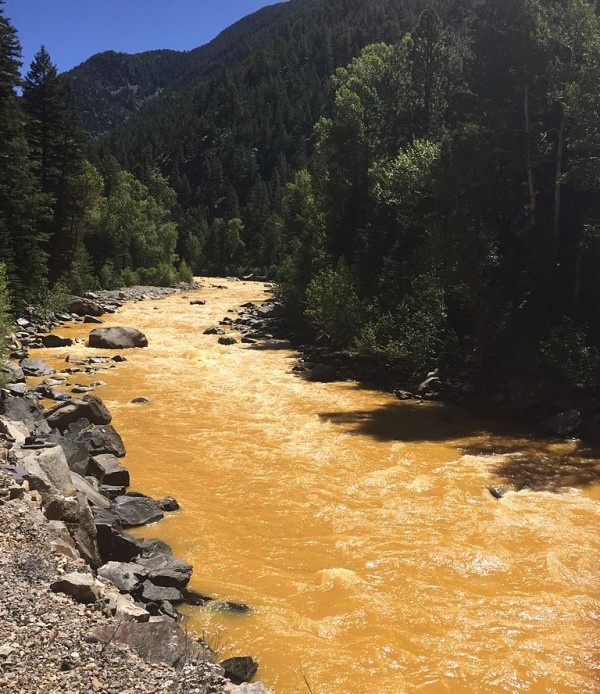
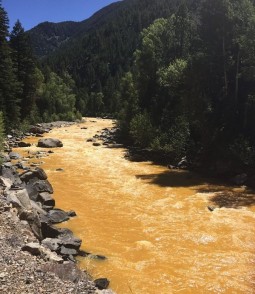
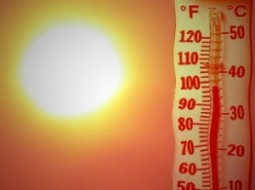
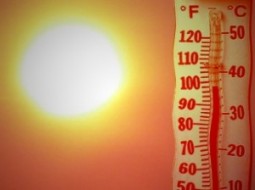

 Real Food (start time 4:20): What we eat , and how we eat, is inextricably connected to our own health as well as the health of the planet. Every decision we make—whether to bake a chocolate cake or buy it from Safeway or at a Farmer’s Market—is full of nuances and even contradictions.
Real Food (start time 4:20): What we eat , and how we eat, is inextricably connected to our own health as well as the health of the planet. Every decision we make—whether to bake a chocolate cake or buy it from Safeway or at a Farmer’s Market—is full of nuances and even contradictions. 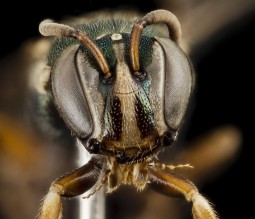
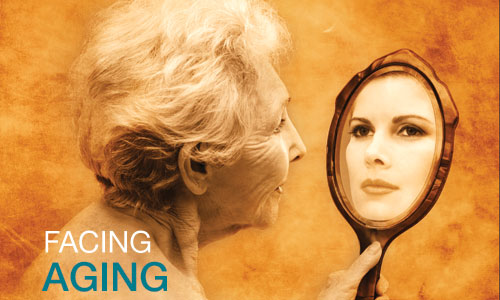
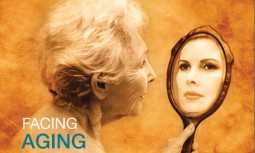
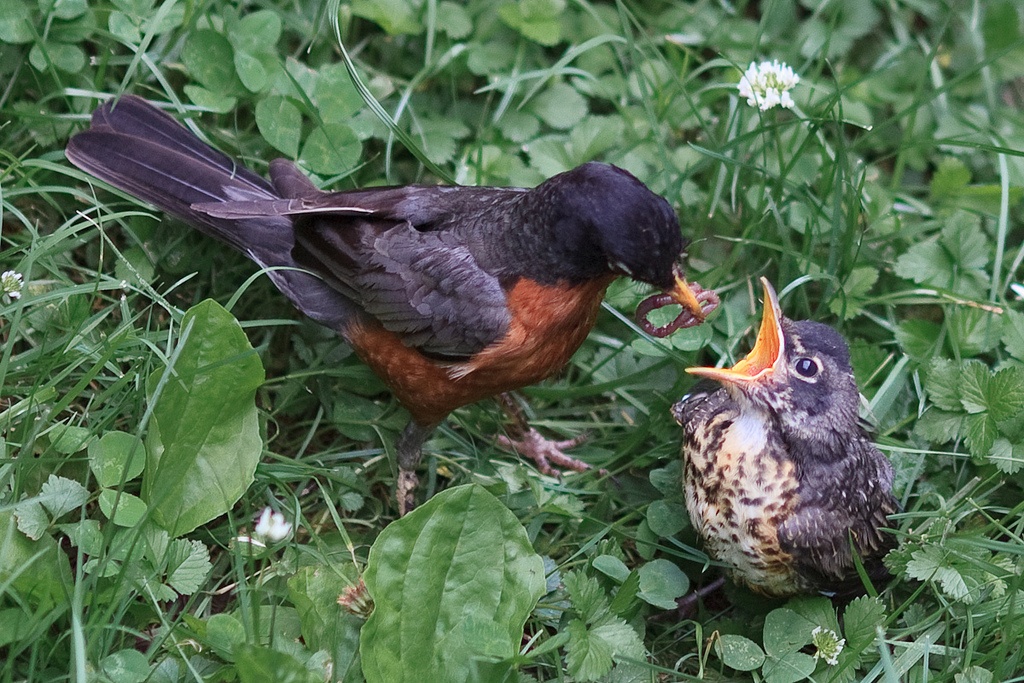
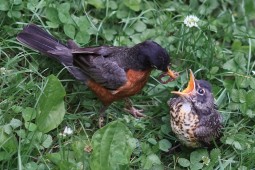
 The Science of Humor (start time: 14:32): Have you ever laughed at something you know you shouldn’t have? Like when someone you know falls down the stairs?
The Science of Humor (start time: 14:32): Have you ever laughed at something you know you shouldn’t have? Like when someone you know falls down the stairs? 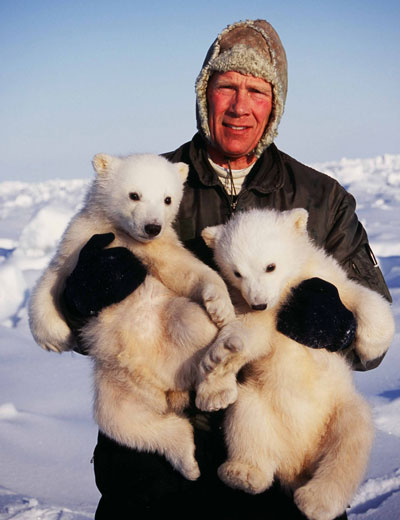
 Polar Bears (starts at 6:30): It is well known that, right now, life for polar bears looks bleak. Warming temperatures mean the season for sea ice cover in the Arctic has become shorter and shorter. As sea ice provides a home and hunting ground for polar bears, both the number of bears and their health has suffered. There is even talk of them becoming extinct. But is this something that we should worry about in Colorado and other non-arctic regions around the world? We don’t have bears, right now we don’t have ice, and we have plenty of other concerns. Dr. Steven Amstrup, the Chief scientist for Polar Bears International, joins us on How on Earth to explain why we should care. He thinks that polar bears are the sentinels of global health and that they provide advance warning of some of the challenges coming to all species. That includes us humans. But he thinks if we act soon, we can save both the bears and ourselves.
Polar Bears (starts at 6:30): It is well known that, right now, life for polar bears looks bleak. Warming temperatures mean the season for sea ice cover in the Arctic has become shorter and shorter. As sea ice provides a home and hunting ground for polar bears, both the number of bears and their health has suffered. There is even talk of them becoming extinct. But is this something that we should worry about in Colorado and other non-arctic regions around the world? We don’t have bears, right now we don’t have ice, and we have plenty of other concerns. Dr. Steven Amstrup, the Chief scientist for Polar Bears International, joins us on How on Earth to explain why we should care. He thinks that polar bears are the sentinels of global health and that they provide advance warning of some of the challenges coming to all species. That includes us humans. But he thinks if we act soon, we can save both the bears and ourselves.
 On today’s spring pledge-drive show we offer segments of two feature interviews. See extended versions also below. Both books are available to those who pledge at least $60 to KGNU. Call 303.449.4885 today.
On today’s spring pledge-drive show we offer segments of two feature interviews. See extended versions also below. Both books are available to those who pledge at least $60 to KGNU. Call 303.449.4885 today.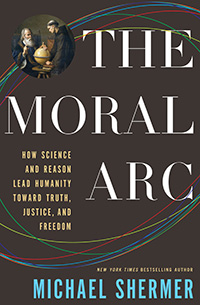 The Moral Arc (start time: 13:21) Author and renowned skeptic Michael Shermer talks with How On Earth contributor Shelley Schlender about his
The Moral Arc (start time: 13:21) Author and renowned skeptic Michael Shermer talks with How On Earth contributor Shelley Schlender about his 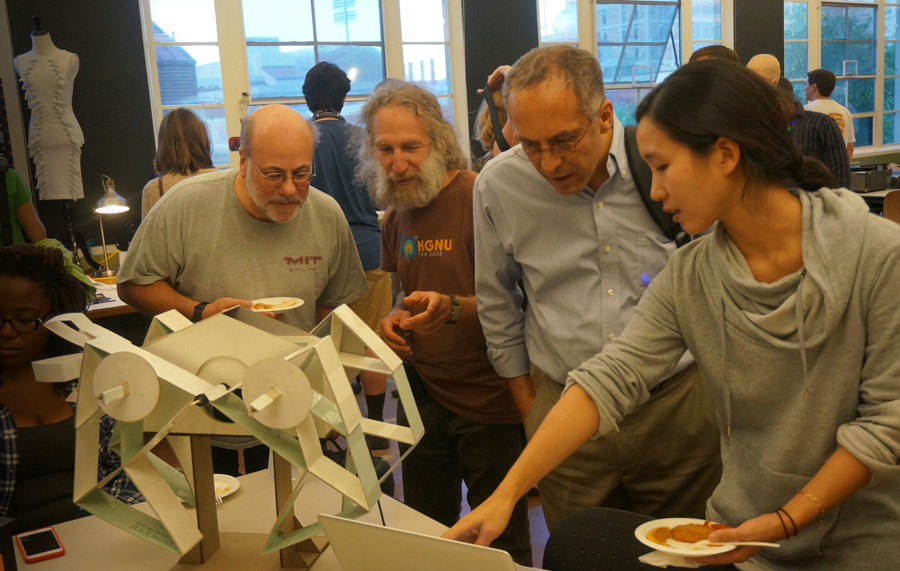
 ATLAS Institute Today we are joined in the studio with Mark Gross of the Alliance for Technology, Learning and Society institute at CU and Alicia Gibb Director of The Blow Things Up Lab, one of the spaces part of the ATLAS department.
ATLAS Institute Today we are joined in the studio with Mark Gross of the Alliance for Technology, Learning and Society institute at CU and Alicia Gibb Director of The Blow Things Up Lab, one of the spaces part of the ATLAS department.